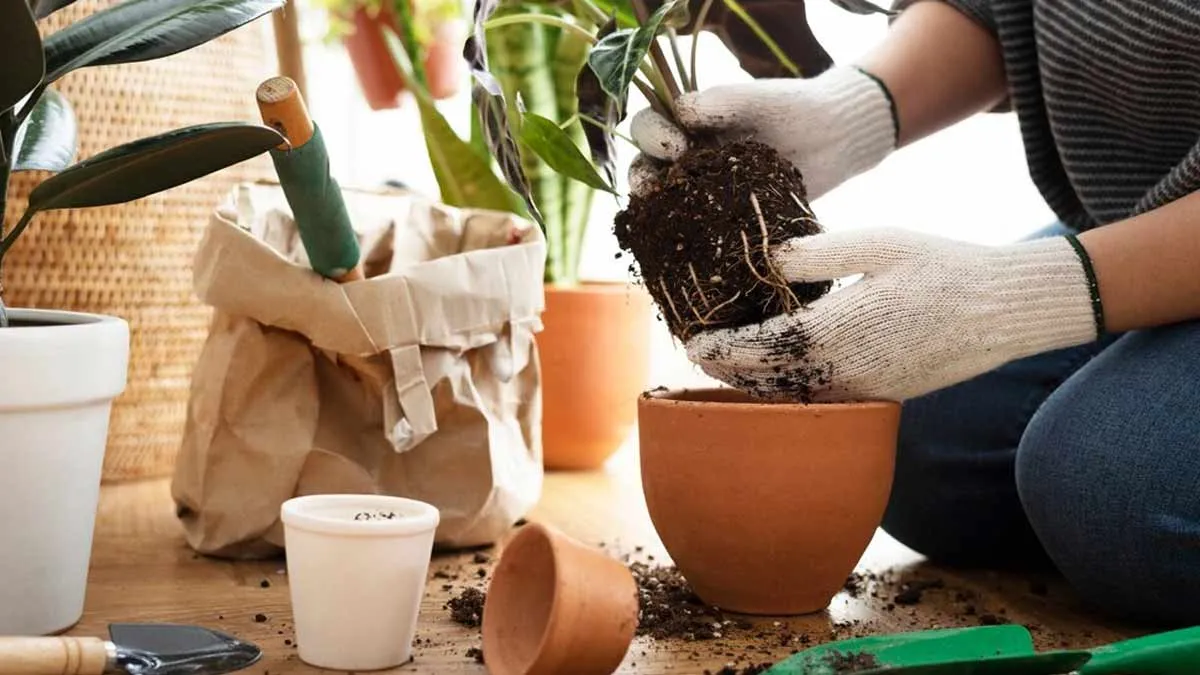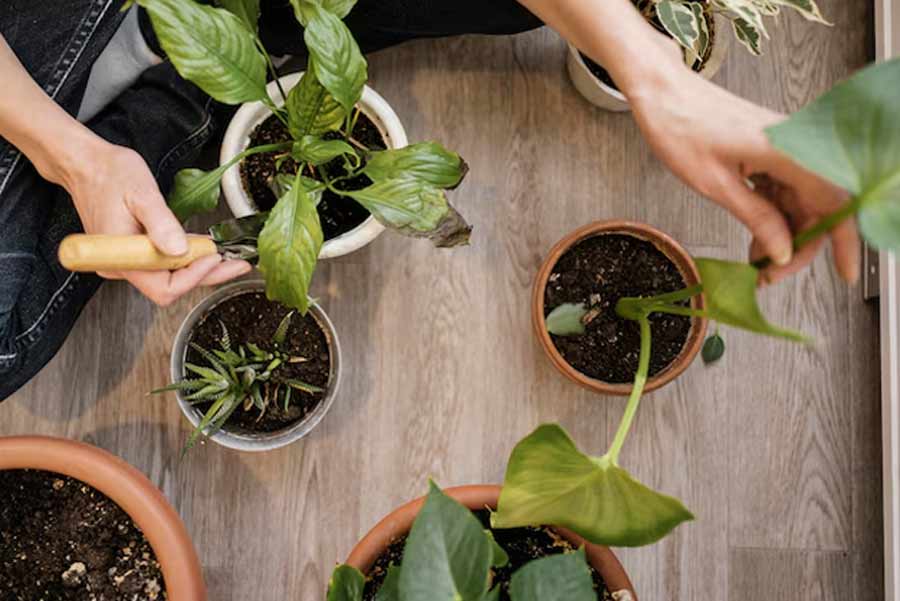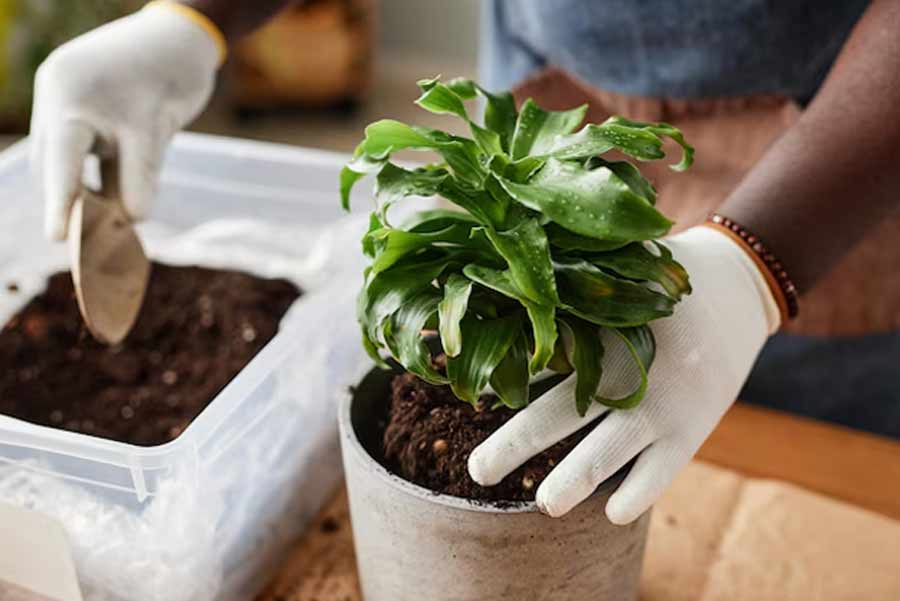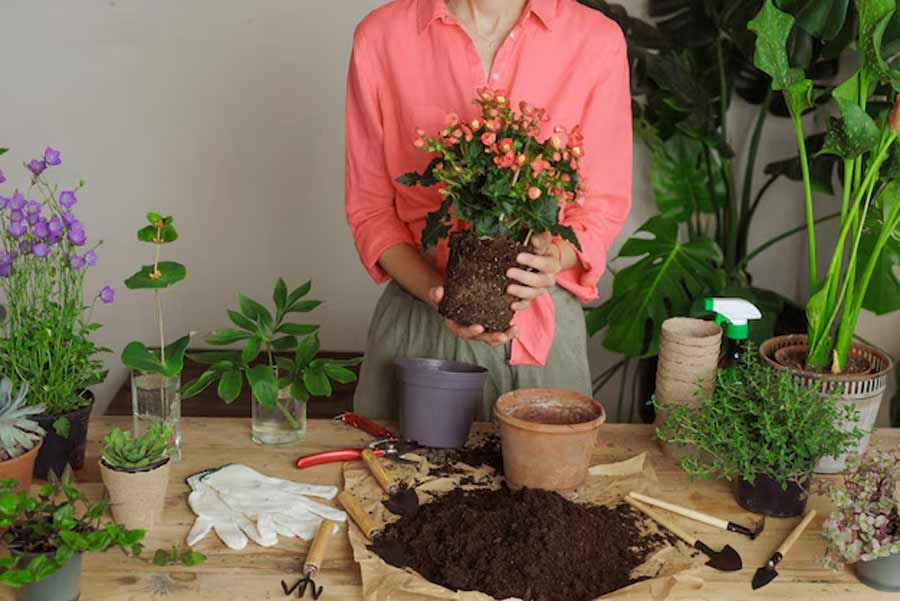
Gardening Tips: 6 Mistakes To Avoid When Repotting Your Plants
Are you excited to give your plants a fresh start by repotting them, but unsure where to begin? Repotting a plant basically involves transferring it from its current pot to a new one, with fresh soil. It can be a rewarding experience, helping your plants thrive in new soil and space. However, it’s easy to make mistakes, especially if you are someone who is new to gardening. To know more about this we spoke to Subhas, a local gardener from Ghaziabad. Here are some key mistakes to avoid when repotting your plants that you need to be aware of:
6 Mistakes To Avoid When Repotting Your Plants
1. Choosing the Wrong Pot Size

One of the most frequent errors is selecting a pot that’s too large or too small. While it might seem beneficial to give your plant plenty of space to grow, a pot that’s excessively large can lead to overwatering issues, as the soil retains more moisture than the roots can absorb. Also when a pot that’s too small won’t provide enough space for growth, according to the gardener. A good rule of thumb is to choose a pot that is one size larger than the current one, ensuring adequate space without overwhelming the plant.
2. Ignoring Drainage
Proper drainage is essential for healthy plant growth. Many beginner gardeners forget to check whether the new pot has drainage holes, which can result in waterlogging and root rot. “Always ensure your pot has drainage holes at the bottom to allow proper water drainage from the soil,” advises the gardener.
3. Using the Wrong Soil

Using the wrong type of soil can affect your plant’s health a lot. Using the wrong soil can lead to the spread of bacteria and fungi can lead them to die, as per the gardener. Not all plants require the same soil mixture. For example, some plants grow well in well-draining sandy soil, while some plants prefer a more moisturised mix of soil.
Research about the specific needs of your plant and choose a suitable potting mix to provide the right balance of nutrients and drainage.
4. Repotting at the Wrong Time
Timing is crucial when it comes to repotting. Many beginners make the mistake of repotting during whichever season they like. The best time to repot most plants is during their active growth period typically in spring or early summer.
Don't miss: How To Plant Shrubs: A Step-by-Step Guide For Lush And Healthy Growth
5. Overwatering After Repotting
After repotting, it’s common to want to water your plant. However, overwatering can lead to complications. Avoid overwatering if the top layer of soil is a little moist. Once you water the plant after repotting, wait a few days until the plant has settled in, as per GardenWeb. This allows the roots to begin establishing themselves in the new soil without any risk.
Don't miss: How To Care For Orchids: 6 Gardener Tips For Good Growth
6. Not Handling Roots Gently

Finally, many beginners understand the importance of handling the roots with care during repotting. When removing a plant from its old pot, be gentle to avoid damaging the roots. If they are tightly bound, gently put them apart or prune any dead or damaged roots. Rough handling can damage plant growth, according to the gardener.
By avoiding these common mistakes, you can ensure a smooth transition for your plants by providing all the necessary nutrients.
For more such stories, stay tuned to HerZindagi.
Image credit: Freepik